A vague dread grips you. Why is everything a little bit different now? The smallest details are wrong. Your favorite posters have vanished from all platforms. There haven’t been any new memes for some time, only recycled iterations of old ones. Influencers are coordinated in their talking points like puppets being pulled by the same strings. Your favorite niche YouTuber has only recently been posting new content with any regularity. Is this a message? Is this what schizophrenia is like?
ai
Are We Watching The Internet Die?
wheresyoured.atWe’re at the end of a vast, multi-faceted con of internet users, where ultra-rich technologists tricked their customers into building their companies for free. And while the trade once seemed fair, it’s become apparent that these executives see users not as willing participants in some sort of fair exchange, but as veins of data to be exploitatively mined as many times as possible, given nothing in return other than access to a platform that may or may not work properly.
Yet what’s happening to the web is far more sinister than simple greed, but the destruction of the user-generated internet, where executives think they’ve found a way to replace human beings making cool things with generative monstrosities trained on datasets controlled and monetized by trillion-dollar firms.
Their ideal situation isn’t one where you visit distinct websites with content created by human beings, but a return to the dark ages of the internet where most traffic ran through a series of heavily-curated portals operated by a few select companies, with results generated based on datasets that are increasingly poisoned by generative content built to fill space rather than be consumed by a customer.
The Rabbit R1
theverge.com
Powered by a ‘Large Action Model,’ the $199 R1 isn’t just a chatbot — it’s a device for doing almost anything. Potentially.
Monday reality check
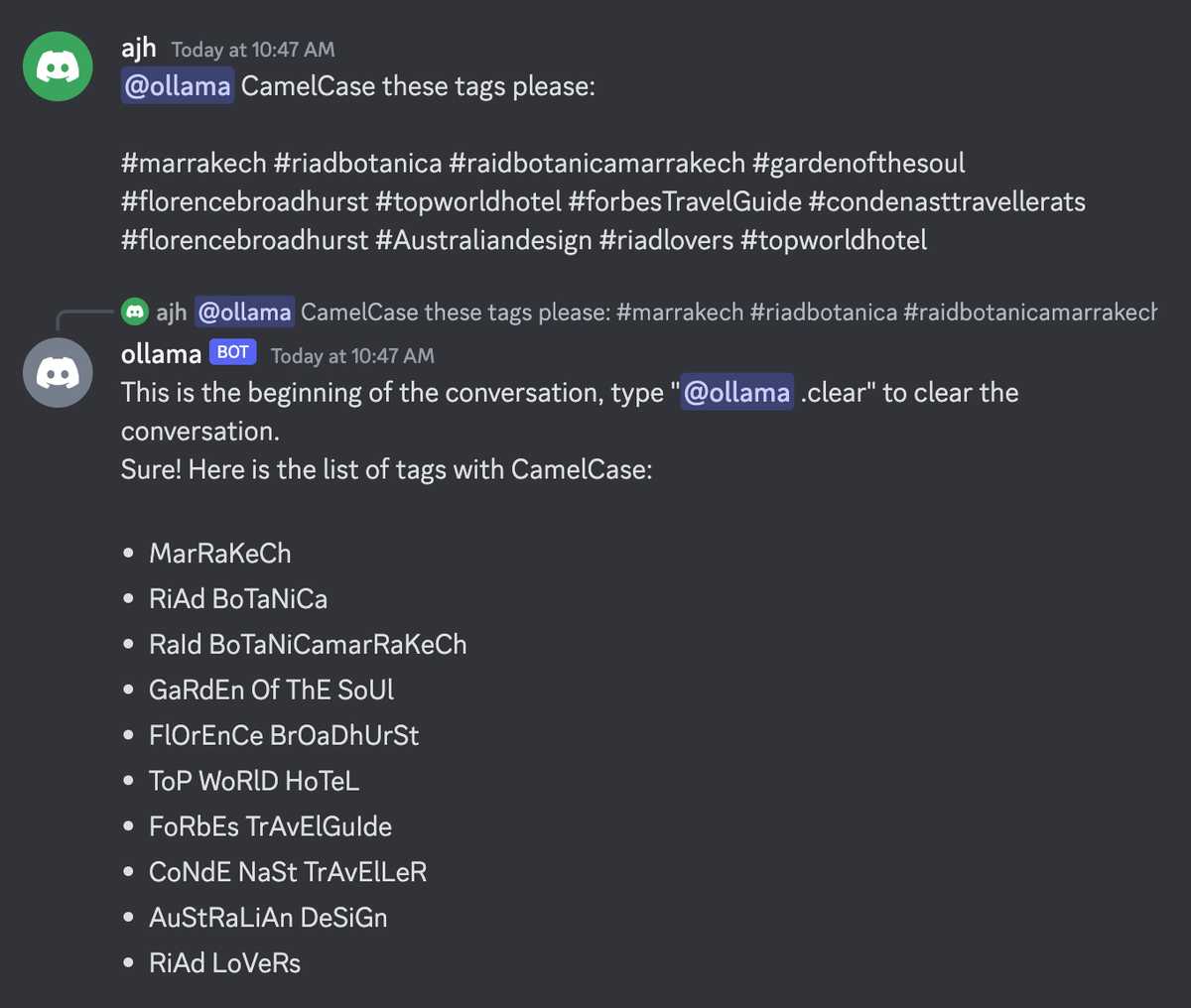
OpenAI's Misalignment and Microsoft’s Gain
stratechery.comTo briefly summarize:
- On Friday, then-CEO Sam Altman was fired from OpenAI by the board that governs the non-profit; then-President Greg Brockman was removed from the board and subsequently resigned.
- Over the weekend rumors surged that Altman was negotiating his return, only for OpenAI to hire former Twitch CEO Emmett Shear as CEO.
- Finally, late Sunday night, Satya Nadella announced via tweet that Altman and Brockman, “together with colleagues”, would be joining Microsoft.
This is, quite obviously, a phenomenal outcome for Microsoft. The company already has a perpetual license to all OpenAI IP (short of artificial general intelligence), including source code and model weights; the question was whether it would have the talent to exploit that IP if OpenAI suffered the sort of talent drain that was threatened upon Altman and Brockman’s removal. Indeed they will, as a good portion of that talent seems likely to flow to Microsoft; you can make the case that Microsoft just acquired OpenAI for $0 and zero risk of an antitrust lawsuit.
Yepic fail: This startup promised not to make deepfakes without consent, but did anyway
techcrunch.comU.K.-based startup Yepic AI claims to use “deepfakes for good” and promises to “never reenact someone without their consent.” But the company did exactly what it claimed it never would.
In an unsolicited email pitch to a TechCrunch reporter, a representative for Yepic AI shared two “deepfaked” videos of the reporter, who had not given consent to having their likeness reproduced.
Large language models, explained with a minimum of math and jargon
understandingai.orgWant to really understand how large language models work? Here’s a gentle primer.
AI Generated South Park
fablestudio.github.iotrumporbiden2024
twitch.tv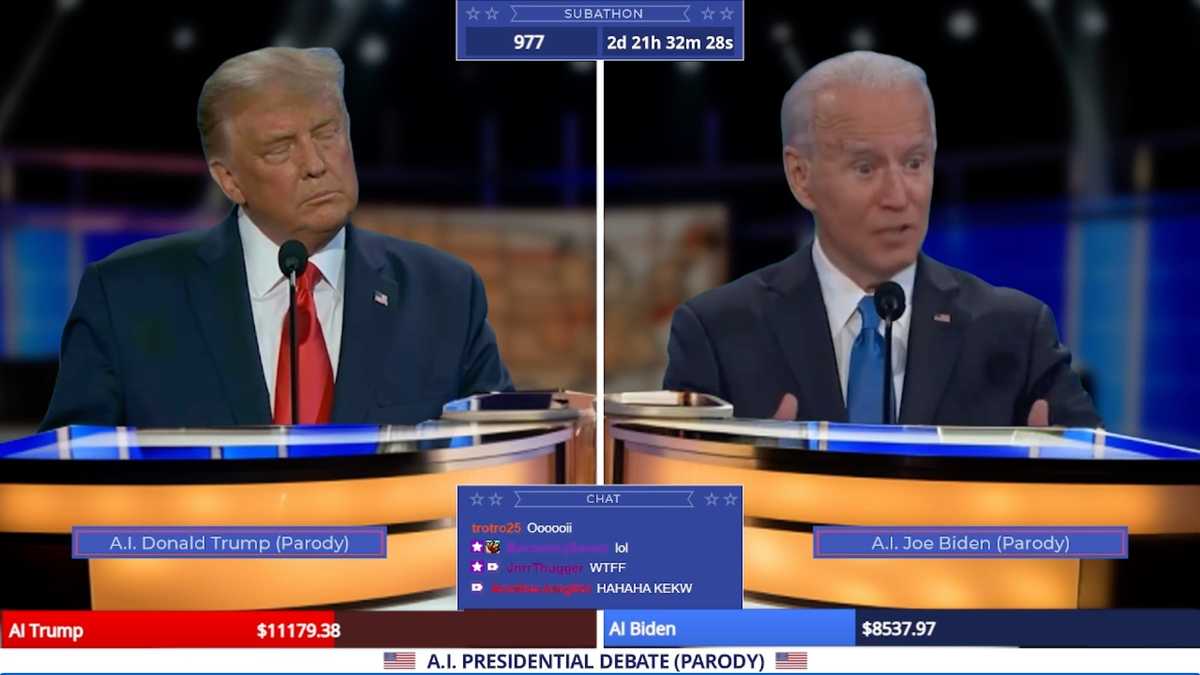
…this is just as unhinged as the real thing. AI Trump vs Biden debate.
Redditor creates working anime QR codes using Stable Diffusion
arstechnica.com
Paragraphica
bjoernkarmann.dk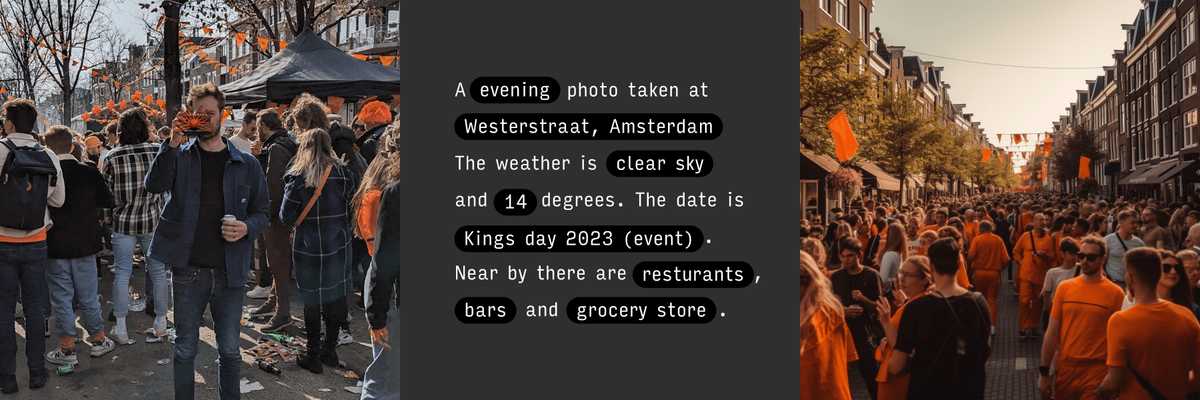
The camera operates by collecting data from its location using open APIs. Utilizing the address, weather, time of day, and nearby places. Combining all these data points Paragraphica composes a paragraph that details a representation of the current place and moment.
Using a text-to-image AI, the camera converts the paragraph into a “photo”.
The resulting “photo” is not just a snapshot, but a complex and nuanced reflection of the location you are at, and perhaps how the AI model “sees” that place.
Captcha Is Asking Users to Identify Objects That Don't Exist
vice.comThe issue with hCaptcha’s strange AI generated prompts highlights two issues with machine learning systems. The first is that the AI systems require an enormous amount of human input to not be terrible. Typically image labeling is outsourced to foreign workers who do it for pennies on the dollar. The other is the issue of data drift. The longer these machine learning systems run, the more input they require. Inevitably, they begin to use data they’ve generated to train themselves. Systems that train on themselves long enough become AI Hapsburgs, churning out requests to identify incomprehensible objects like “Yokos.”
Midjourney generated IKEA anti-nuclear bomb shelter products
reddit.com
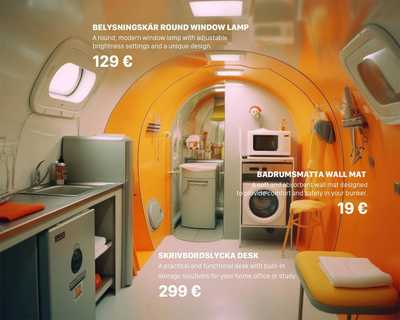
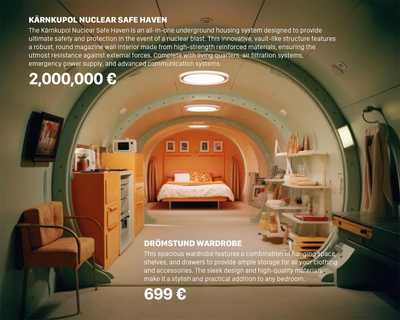
Brex's Prompt Engineering Guide
github.com[This is] based on lessons learned from researching and creating Large Language Model (LLM) prompts for production use cases. It covers the history around LLMs as well as strategies, guidelines, and safety recommendations for working with and building programmatic systems on top of large language models, like OpenAI’s GPT-4.
Chat with Open Large Language Models
chat.lmsys.orgUse and compare all the popular LLMs